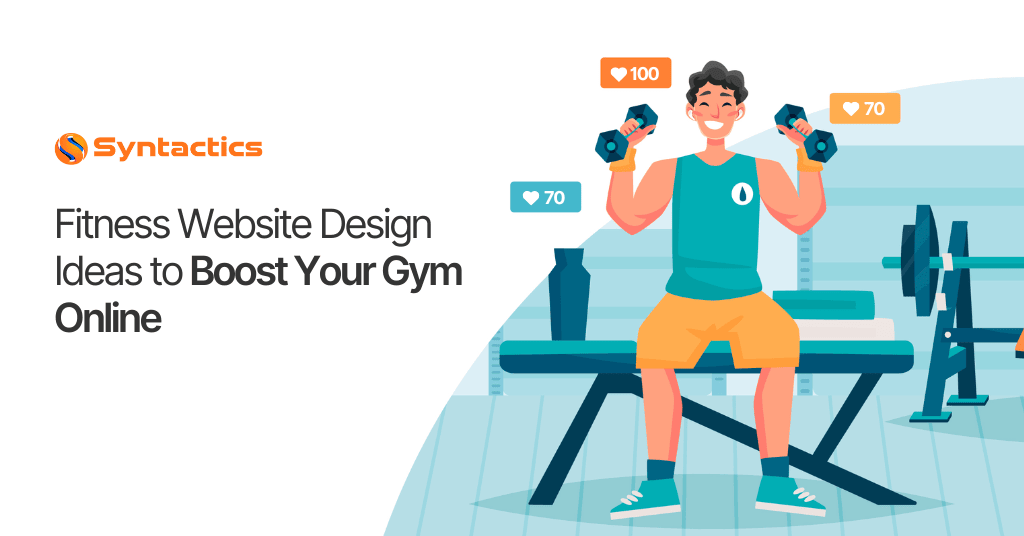
Fitness Website Design Ideas to Boost Your Gym Online
Investing in the right fitness website design is essential in attracting and retaining members. A well-built site not only increases your gym’s visibility but also creates a seamless experience that informs, engages, and converts visitors into loyal clients.
With health and wellness as top priorities and mobile use continue to grow, your website should showcase key offerings like gym schedules, personal training sessions, and even virtual subscriptions. To help you get started, here are expert-backed website design ideas to inspire your next redesign or new build.
Why Care About Fitness Website Design?
In digital marketing, your website is one of the best tools for sharing your brand and services. The same applies to your fitness center or gym, where an effective fitness website design is critical. After all, potential members want to know exactly what kind of facility they’re joining.
Think of your website as an introduction to your business and its facilities. But beyond that, a skilled developer can add features for managing bookings, payments, and schedules for fitness classes. It also serves as a direct line of communication for answering inquiries and building trust from potential clients.
So when creating your fitness website, aim for both form and function. Of course, you can always collaborate with a website developer to help you elevate your online presence. But, if you’re a hands-on person for fitness and managing a business, consider getting fitness website design ideas.
Key Fitness Website Development Features to Consider
Once you have established a well-designed fitness site, the next step is optimizing your site’s functionality. These features enhance the user experience, increase member engagement, and support your business online.
A User Account for Personalized Access
Adding user accounts gives members control over their fitness journey. With secure logins, clients can manage their bookings, view class history, and receive personalized recommendations. These accounts also help you collect valuable contact data, making it easier to promote services and improve communication.
Consider enabling social media logins to streamline the signup process and encourage more users to register.
Images or Videos That Build Trust
Visual content (which includes color schemes) gives your gym more attention. In addition, images can give people a good idea of your facilities’ appearance. While images help showcase your facilities, video content is especially effective for highlighting workouts, instructors, and client testimonials.
According to Trainerize, view counts for home workout videos increased by over 87.6% compared to the usual view counts. However, visuals can affect loading speed, so optimize media for performance.
Integrated Gym Calendars or Class Schedules
A dynamic gym calendar helps members keep track of fitness classes, schedules, and instructor availability. This feature is especially valuable for gyms with multiple classes or branches.
Adding booking capabilities and real-time updates allows users to reserve their slots, improving attendance and reducing admin workload.
Search Filters for Better Navigation
Similar to SaaS website design, fitness platforms can benefit from intuitive search functionality. Search bars with filters help users quickly find classes based on duration, intensity, instructor, or goals.
Source: Forrester
Free Trial Offers to Attract New Members
People want to find a fitness facility that works best for them. Thus, they’ll appreciate a trial run with your gym to see how everything works. Offering free trials can help potential members experience your facilities, classes, and instructors firsthand. So, display trail information clearly on your home page or dedicated landing page.
Even if they don’t stay on board after the trial, a positive experience may lead to referrals or future signups. A skilled web developer can help you integrate trial forms or CTAs (Calls-to-Action) seamlessly into your design.
Keep Pricing Visible
Make your pricing structure visible and easy to understand. Visitors will appreciate seeing your prices upfront, especially when organized into pricing packages or tables. It’s also helpful if you’re a personal trainer and want to outline your instructors’ rates. (Plus, you can sweeten the fitness deal with a few bonus offers or discounts.)
Lastly, you can top off your pricing section with a Call-To-Action.
Built-In User Support Channels
Real-time support can make or break user trust. Adding an FAQ Page, Help Desk, or even Live Chat is recommended if you have the support staff. You can also add a Contact Page or contact details to headers or footers for quick access.
Bonus: Apply Gamification to Boost Motivation
Gamification means applying game mechanics on platforms such as websites. Some game mechanics can include points, badges, or achievements. This feature can motivate people to stay fit. So, your website can send clients notifications for workouts, set progress goals, and more.
Real Examples: Fitness Site Design Ideas to Take Inspiration From
Your fitness site can serve as a strong platform to showcase your gym’s brand and engage potential clients.
But website development for a fitness center or gym doesn’t involve on-page elements alone. Search Engine Optimization (SEO) is a prime tactic to get noticed by people interested in getting fit. You might also want to employ an SEO Marketing Plan to appear on search results.
The look of your website, including responsiveness for mobile devices, also significantly impacts rankings. So here are successful fitness websites you can get design ideas from:
Equinox
Source: Equinox
Equinox’s fitness website showcases a sleek, high-end design that reflects the brand’s luxury positioning. The homepage features striking, high-resolution visuals of its gym spaces, creating an immediate sense of sophistication and exclusivity.
Moreover, its design effectively promotes personalized training programs tailored to different body types, highlighting a commitment to transformation and individual progress. Navigation is also smooth and user-friendly, with clear access to class schedules, personal training details, and membership information.
Gymbox
Source: Gymbox
Gymbox’s website delivers a bold, high-energy experience that reflects its distinctive brand personality. From the moment visitors land on the homepage, they’re met with vibrant visuals, playful animations, and strong messaging that set the tone for a dynamic fitness journey.
Additionally, the site offers practical guidance on exercises and weight management, supporting users in achieving their health goals. Navigation is easy to use, with clearly defined sections for classes, locations, and membership options. It also offers a free trial for aspiring members.
Fit4Mom
Source: Fit4Mom
Fit4Mom stands out as a vibrant, community-driven platform designed for moms focused on health and connection. Its energetic color palette and authentic imagery of active mothers with their children create an immediate emotional appeal.
Thus, the homepage clearly highlights the variety of fitness programs offered, making it easy for visitors to explore relevant options. Navigation is also user-friendly, with well-placed calls-to-action that guide users toward learning more or getting involved.
Overall, the design feels modern, fresh, and aligned with the brand’s mission, promoting wellness and support for moms at every stage of motherhood. Fit4Mom is a strong example of how fitness website design can reflect both values and audience needs.
Anytime Fitness
Source: Anytime Fitness
Anytime Fitness presents a clean, modern website that reflects its focus on accessibility and convenience. The blue, purple, and white color scheme reinforces the brand’s inclusive identity, while the homepage highlights a welcoming community atmosphere.
Its user-friendly layout and clear messaging make it an excellent example of a fitness website designed for on-the-go individuals seeking a seamless path to better health.
Mercedes Club
Source: Mercedes Club
The Mercedes Club’s website blends upscale design with clear, compelling messaging that reflects its premium fitness experience. From the moment you land on the homepage, it’s evident that the facility caters to a high-end clientele. Striking photography showcases its state-of-the-art amenities, reinforcing the gym’s luxurious atmosphere.
In addition, this site offers intuitive navigation, with dedicated pages for fitness classes, personal training, and wellness services. It also features testimonials and success metrics that build trust and credibility. A blog section adds further value with informative articles for members.
Overall, the site exemplifies how premium fitness brands can present their offerings with both elegance and clarity.
Start Building a Well-Designed Website for Your Fitness Center or Gym
A fitness website introduces your brand and highlights your facility’s unique services, such as standard gym memberships or specialized training programs. With the right approach, you can position your business as a trusted and valuable choice.
Beyond aesthetics, effective web design supports scheduling, payments, and client engagement. It also acts as your marketing tool for lead generation and member retention.
If you’re ready to build or upgrade your gym’s digital presence, explore the design ideas shared above. Partner with professional website developers in the Philippines to boost your digital presence.
Get Design and Functionality
Specific to your Brand!
- Build a website that's mobile-friendly and responsive.
- Custom designs aligned with your brand.
- Optimized for SEO and user experience.
- Scalable and feature-rich solutions.

This article was updated on July 21, 2025.
FAQs About Fitness Website Design
What is the best CMS platform for a fitness website?
Most developers highly recommend WordPress because it’s user-friendly, customizable, scalable, and cost-effective. Contact our web experts for a discovery call.
Do I need SEO if my gym or fitness center is locally based?
Local SEO is crucial for gyms and fitness centers to appear in Google Maps and local searches. It drives foot traffic, builds trust, and increases membership by optimizing local keywords, profiles, and reviews. Remember, nearly half of Google searches are local, making SEO essential for growth.
Should I hire a professional developer or use a template?
Templates can work for basic needs, but a professional website developer can tailor your site to reflect your brand, add advanced features, and ensure optimal performance.
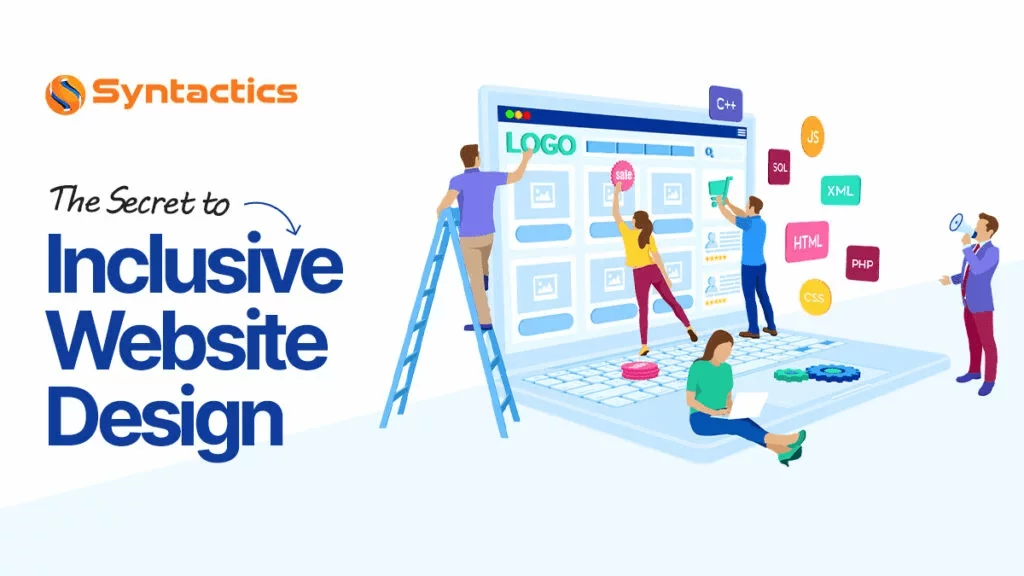

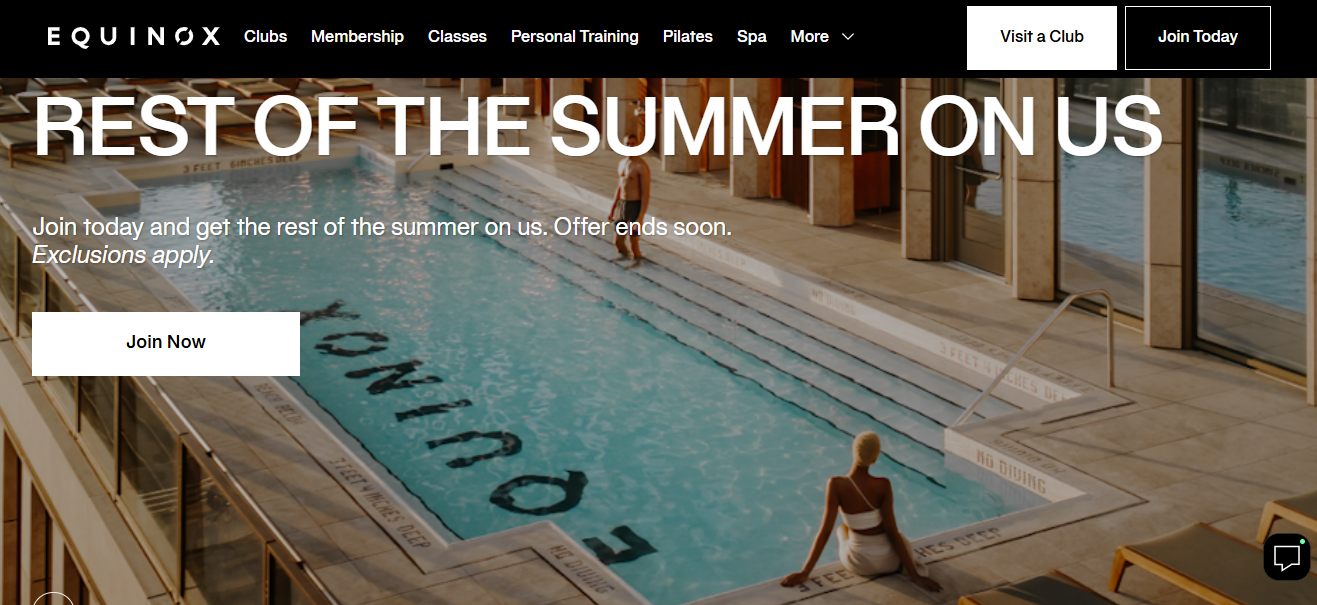
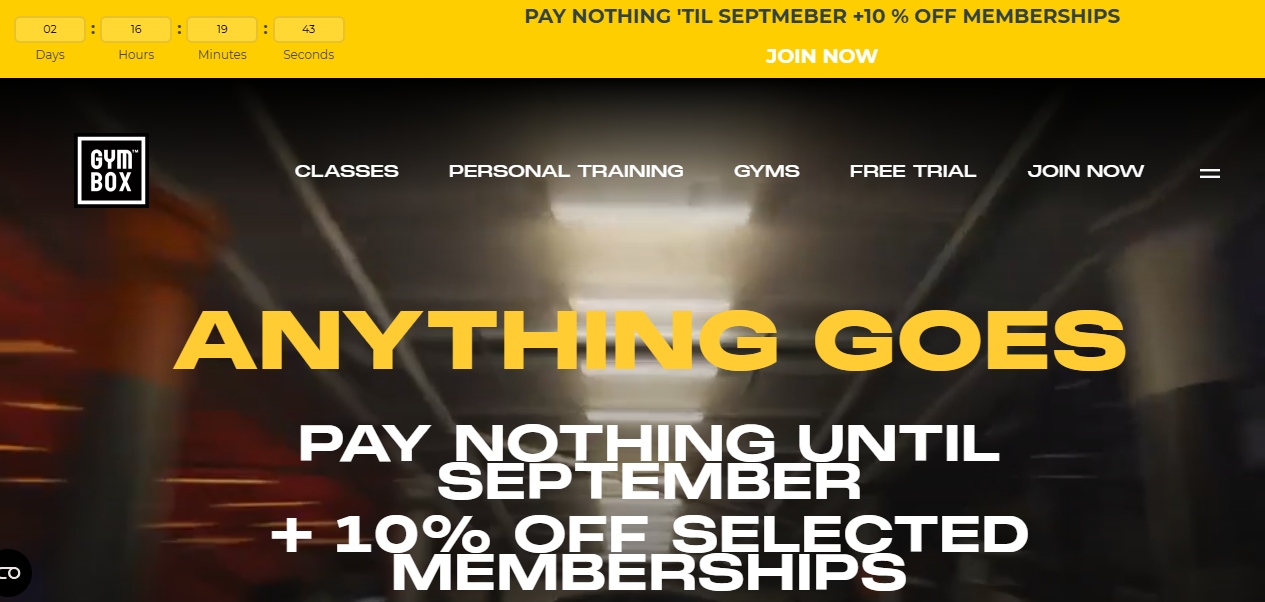
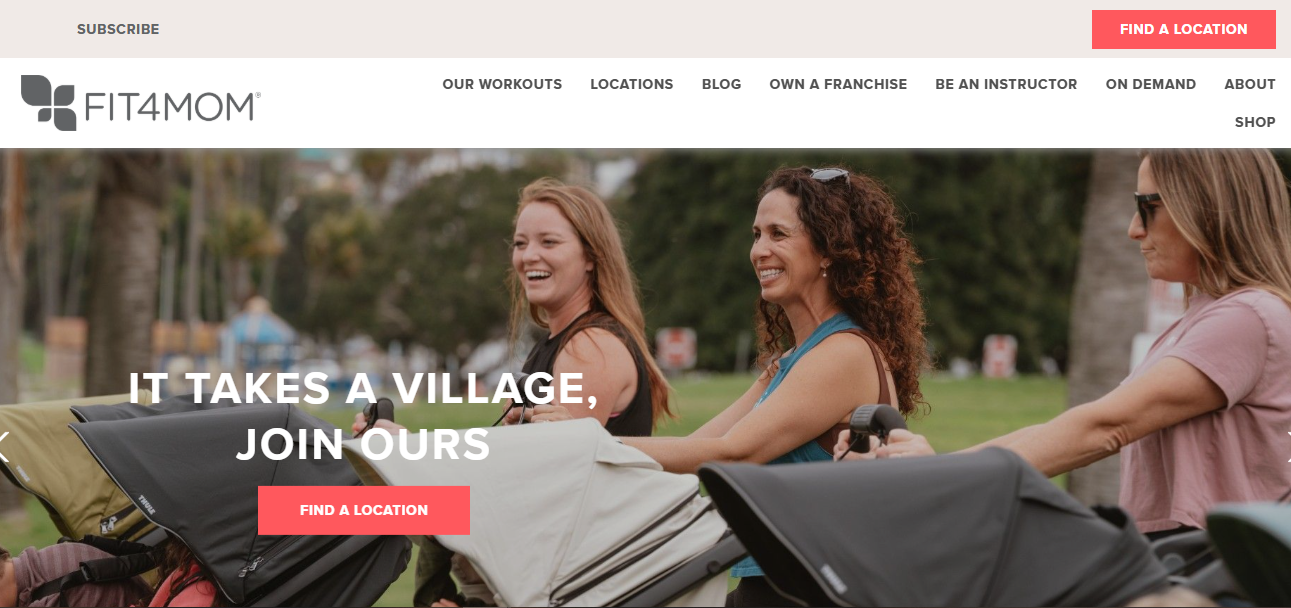
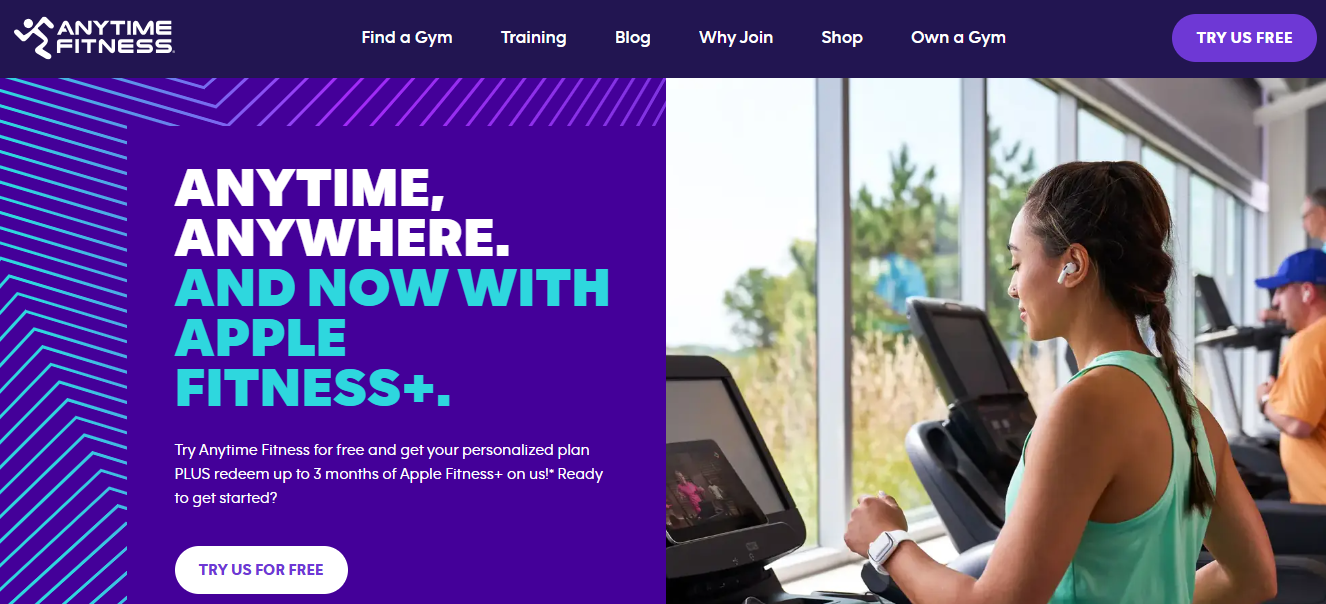
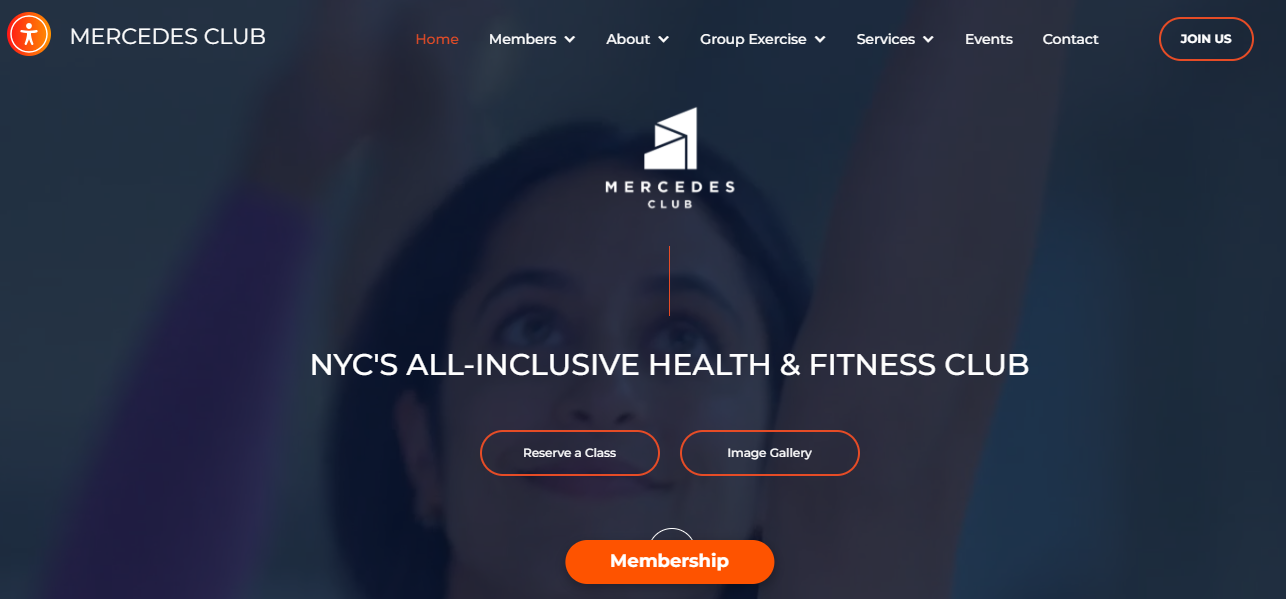





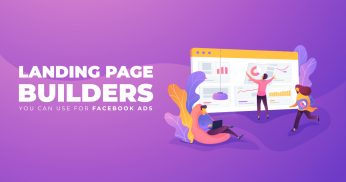


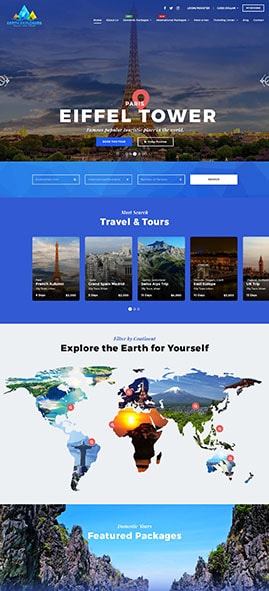

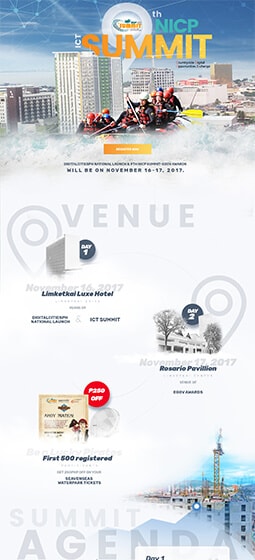
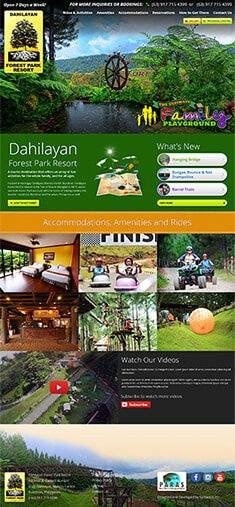
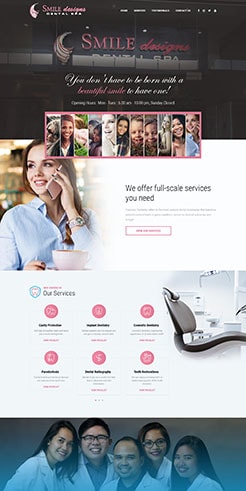
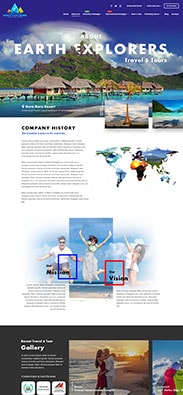

Comment 0